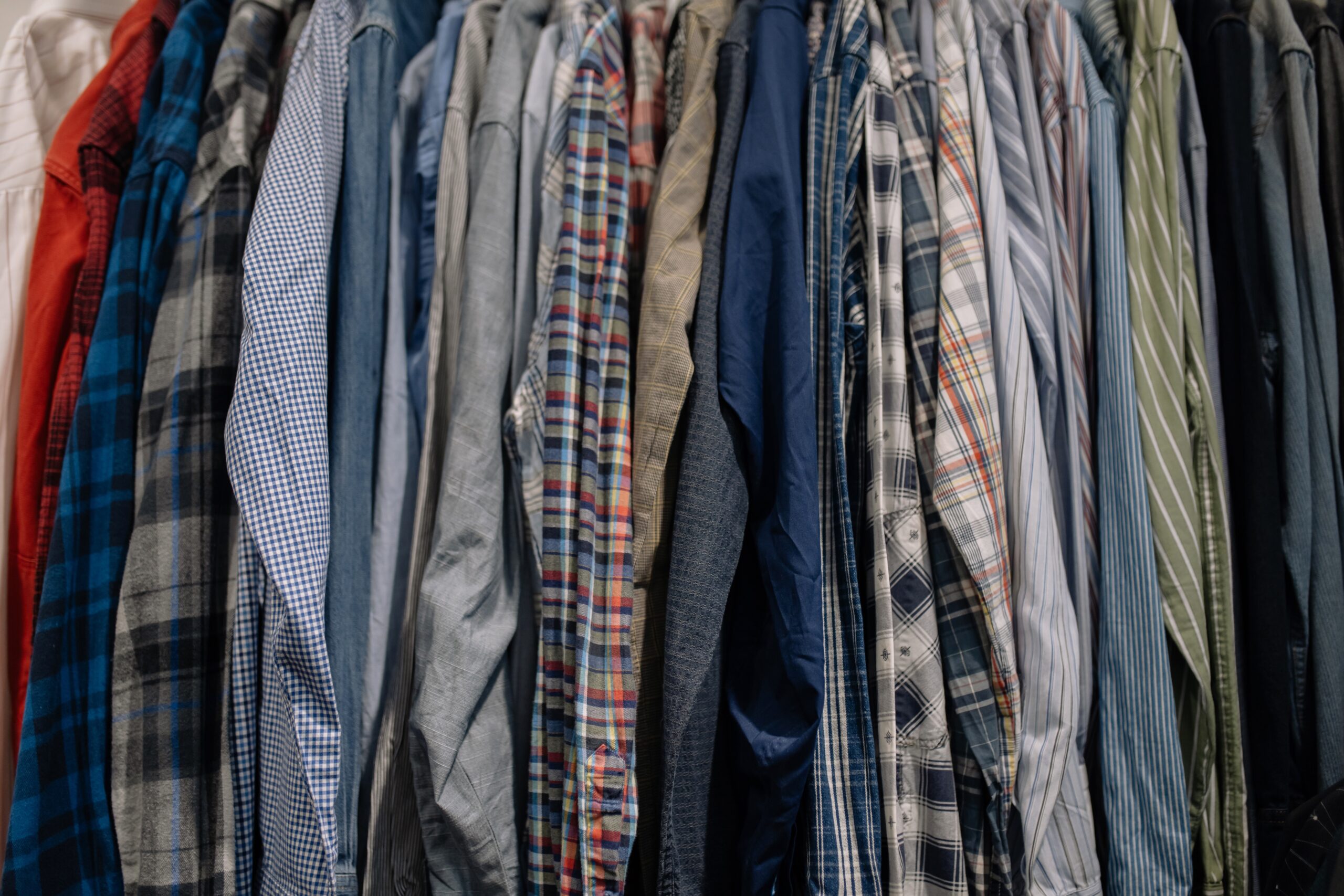Second-hand clothes exporters in the USA find their jobs challenging. This is pretty much evident from their financial statements. There could be several reasons for it:
- The overhead costs, including the store rent, are high.
- The quality of clothes coming to the second-hand cloth exporters in the USA is often poor.
- There are pricing problems since store personnel has no scientific way to determine the value of second-hand clothes.
All these are changing now with the changing attitude of online customers and the online shopping boom. This is emerging as a threat to the retail model.
Growth Potential
The online market is growing at a rapid pace. As a result, second-hand electronic goods, books, accessories, and several other second-hand objects have seen a huge increase in demand. According to some estimates, the big opportunity is in accessories, clothing, and footwear. They constitute nearly half of the resale market.
The $18 billion resale apparel industry is projected to grow at 11% to reach a staggering height of $33 billion by 2021. While apparel sales are dwindling for big retailers, this industry’s potential is truly amazing.
Source of the Growth
The biggest driver of the second-hand apparel industry is the online resale segment. While the brick-and-mortar thrift stores are also growing at a rate of 8% annually, they are no match for the online stores. The online retail sector is growing at a rate of more than four times that figure. A 35% growth rate for the online resale segment is extraordinary compared to the growth of the broader apparel market, given that the online segment is 17 times more.
Shoppers’ Profile
Women are the predominant resale customers. They come from diverse age range. Women in 18 to 24 ages and women over 65 years are attracted to the second-hand clothes market. Their most probable motivation is savings. Yet, there is a huge and still burgeoning young age customer group, two and a half times the traditional shoppers, driven by environmental concerns. Nearly half or more among this group have either shopped o will second hand clothes either in the last 12 months or in the next 12 months.
Along with environmental concerns, the resale value of clothes is a priority for these women in 18 to 24 ages. Shopping at a reduced price is almost a norm now. A whopping majority of 94% of women shoppers reveal that they would hardly buy clothing that hasn’t been reduced already.
Yet, based on their buying preference, it would be a mistake to equate these resale customers with down on luck traditional thrift store customers. The median income of these second-hand customers is $125,000. While 70% of this segment constitutes working professionals, 71% own their house. Their probability of a second hand purchase is nearly twice the likelihood of a firsthand purchase.
Shopping As Fun and Entertainment
The way we shop has completely changed today. Most shoppers use mobile to shop. Almost 63% of shoppers claimed to have shopped while drinking wine. A large majority of shoppers, that is, 85% prefer not to visit a mall in exchange for shopping on their couch.
Shopping online is fun. Resale shopping is even more entertaining when you consider the average attention span of nine minutes when shopping apparel online. The average online resale attention span is 45 minutes which is higher in comparison to the Facebook attention span of 35 minutes. Online shopping is clearly more entertaining than traditional social media for a large segment of the online community.
How Much Can You Grow?
The big retailers and the big second-hand cloth exporters in the USA are even now harvesting rich dividends. Some among them claim to process 100,000 garments some days and growing at a rate of 100% annually. Their revenue potential is well worth several million dollars.
With 80% off premium denim, you cannot get a better bargain. These irresistible prices combined with consumers’ desires for bargain products have spiraled the growth of the second-hand cloth industry. No wonder the industry is poised for massive growth.
Big Businesses Oblivious to the Growth
With massive online demand for resale apparel, it’s time Ross Stores and TJS respond to the new recycle market phenomenon. Sooner or later, the hard reality is bound to hit them. Most, if not all, resale customers are shopping less at the traditional stores like Marshall’s or TJ Maxx. In other words, their online resale purchases are increasingly replacing high price branded purchases.
It’s a huge challenge to handle second-hand clothes for online stores with a lack of a system in place to evaluate the second-hand garment price. Handling hundreds of thousands of unique apparel pieces a day requires massive expertise and facility.
Samiyatex is a well-known grader and exporter of used clothing and shoes. The company has been in the Los Angeles area for nearly three decades and processes up to 800,000 pounds of used clothing each month.






